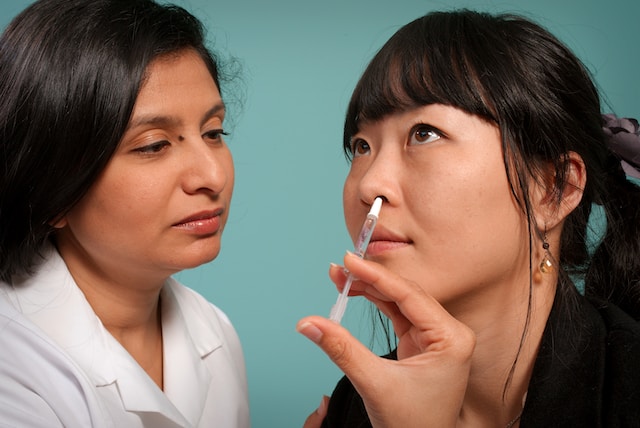Introduction: Botox, a popular cosmetic treatment derived from the botulinum toxin, has gained widespread use for reducing wrinkles and fine lines. However, it is important to understand the potential risks and side effects associated with Botox injections. This article aims to uncover the truth behind Botox by exploring its potential dangers and adverse reactions. Understanding
Introduction: Botox, a popular cosmetic treatment derived from the botulinum toxin, has gained widespread use for reducing wrinkles and fine lines. However, it is important to understand the potential risks and side effects associated with Botox injections. This article aims to uncover the truth behind Botox by exploring its potential dangers and adverse reactions.
Understanding Botox: Botox, or botulinum toxin, works by temporarily paralyzing muscles, leading to a smoother appearance and diminished wrinkles. It achieves this by blocking the release of acetylcholine, a neurotransmitter responsible for muscle contractions. While the cosmetic benefits are well-known, it is crucial to delve into the potential risks and side effects.
Possible Risks and Side Effects:
- Injection Site Reactions: Common side effects of Botox include temporary redness, swelling, bruising, and tenderness at the injection site. These reactions are typically mild and resolve within a few days.
- Headache and Flu-like Symptoms: Some individuals may experience mild headaches or flu-like symptoms following Botox injections. These symptoms are usually temporary but can cause discomfort in some cases.
- Muscle Weakness and Paralysis: Botox’s primary mechanism involves muscle paralysis. While it is intended for specific muscles, there is a risk of unintended muscle weakness or paralysis in nearby areas. This can lead to temporary difficulty with facial expressions or muscle function.
- Allergic Reactions: Although rare, allergic reactions to Botox can occur. Symptoms may include itching, rash, hives, difficulty breathing, or swelling of the face, lips, or tongue. If any signs of an allergic reaction manifest, immediate medical attention should be sought.
- Systemic Effects: In rare cases, Botox can spread beyond the injection site and affect distant muscles or nerves. This can result in systemic effects such as muscle weakness, swallowing difficulties, or breathing problems. However, it is important to note that such occurrences are typically associated with higher doses used for medical conditions.
Long-Term Effects and Research: The long-term effects of Botox on health are still being studied, particularly concerning its cosmetic use. There are concerns about potential muscle atrophy (loss of muscle mass) and the development of resistance to the toxin over time. Further research is necessary to gain a comprehensive understanding of these long-term effects.
Choosing a Qualified Practitioner: To minimize the risks associated with Botox, consider the following:
- Certified Professionals: Select a qualified healthcare professional who has experience and expertise in administering Botox injections. Dermatologists, plastic surgeons, or experienced medical practitioners are recommended.
- Consultation and Informed Consent: Have a thorough consultation with the practitioner, discussing your medical history, expectations, and concerns. Ensure that you receive comprehensive information about potential risks, benefits, and alternative treatments. Make an informed decision based on this information.
- Safety Measures: Ensure that the injections are performed in a sterile environment, using proper techniques and sterile equipment. Adhering to safety protocols minimizes the risk of complications.
Conclusion: Botox can provide cosmetic benefits, but it is crucial to be aware of the potential risks and side effects associated with the treatment. Injection site reactions, muscle weakness, allergic reactions, and systemic effects are among the possible concerns. By selecting a qualified practitioner, engaging in thorough consultations, and understanding the potential risks, you can make an informed decision about Botox and its implications for your overall well-being. If you have specific concerns or questions, consult with a healthcare professional who can provide personalized advice based on your individual circumstances.

















Leave a Comment
Your email address will not be published. Required fields are marked with *